How to grow lemon verbena in a New Zealand garden
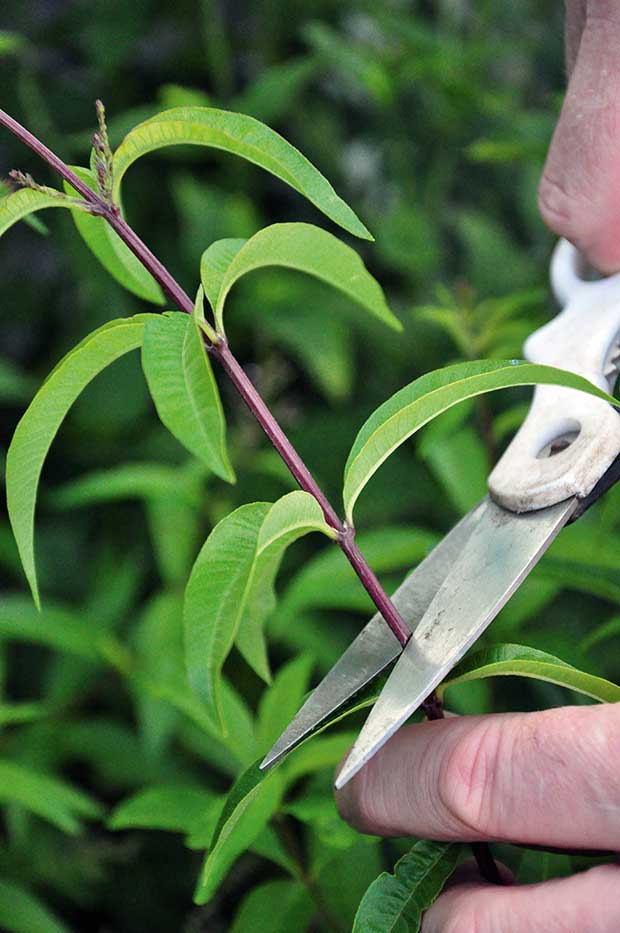
Lemon verbena tea is said to be good for lethargy and depression, stimulating and reviving the spirits, but the herb itself can be difficult to tame in New Zealand gardens.
Words: Jenny Somervell
It has a temperamental nature, but lemon verbena is definitely worth the wait.
As a bunch of dead sticks in winter, lemon verbena (Aloysia triphylla) shows no hint of the beauty it will become. Even in spring, when the rest of the garden leaps into life, there is not a flicker of movement. Has the herb forgotten to grow? No, it is simply biding time.
Finally, usually in late October in Canterbury when I have virtually consigned lemon verbena to the compost heap, I spot it: something green! With sudden enthusiasm, swollen buds spring open to narrow green leaves, gaining momentum in the summer heat. Soon, there is a lush bush of exquisite, lemony fragrant leaves, followed by airy sprays of dainty lavender flowers.
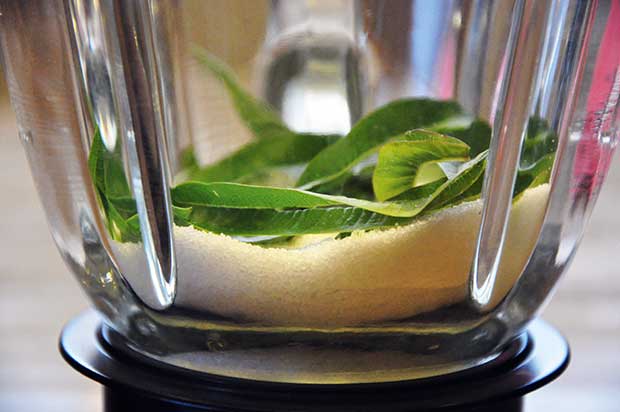
She’s late indeed, but worth the wait. The scent and flavour of lemon verbena is more pronounced than lemons themselves, but without the sourness. Even if you don’t use it as a herb, it is worth planting as a fragrant plant to brush against, as Victorian gardeners discovered.
The perfumed oil of lemon verbena contains citral and geraniol which produce citrus and rose fragrances. The Spaniards first brought lemon verbena to Europe in the 18th century and prized it for its fragrance, using it to scent soaps and cosmetics. Its best known use today is as a tea. A refreshing lemon verbena tea is very similar to mint and lemon balm in action, relieving indigestion and excess wind.
It is also said to be good for lethargy and depression, stimulating and reviving the spirits, and can be drunk several times a day.
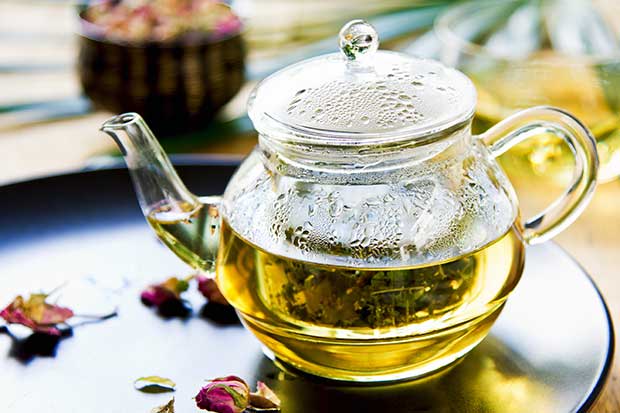
If you’re not used to herbal teas, a leaf in a cup of China tea gives it a pleasant lemon flavour. Once you have a plant in the garden, it is as easy as walking out and picking a sprig.
For winter use, the leaves dry readily. I’ve dried them accidentally by simply forgetting to take them off the kitchen bench. The dried leaves keep their fragrance for years and provide a sharp, long-lasting fragrance in pot pourri, herb pillows and herb sachets.
Only in the last few decades has lemon verbena come into use in cooking. The strong lemon flavour complements chicken, fish and all kinds of fruit in jams, preserves, cooked fruit and fruit salads.
Ken, the cook in our household, had fun experimenting with it.
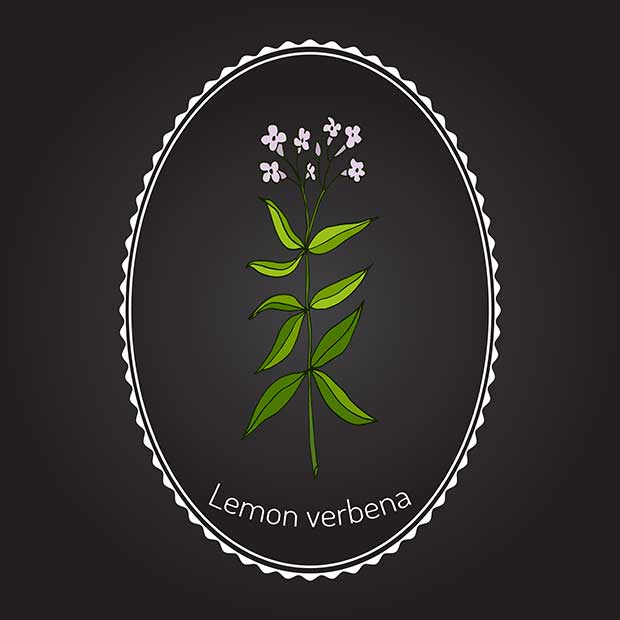
A few nights ago he presented some new dishes to our guinea-pig guests: a Lemon Verbena Upside Down Cake, a baked fish dish using orange juice with lemon verbena leaves, and a lemon verbena strawberry and apple flambé. Scrummy!
In its native Peru and Argentina, lemon verbena will grow to a grand height of five metres, but it definitely won’t do that here in Canterbury. For years I grew lemon verbena in containers, protecting it over winter and re-potting it each year. Last year I established a plant outside, close to a north-facing wall in my paved herb garden.
Temperatures below -6°C will kill lemon verbena so its site needs careful thought. Some experts suggest mulching heavily in winter with pea straw.
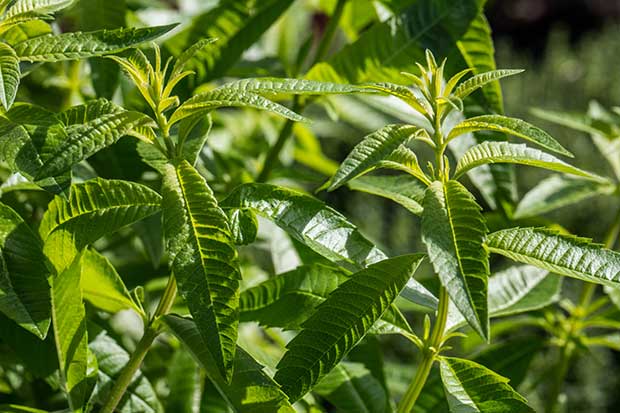
If you’re in a cold climate, lemon verbena is best planted in full sun; in hotter climates, locate it in light shade.
A light well-drained, moisture-retentive soil is preferred.
Pinch out growing tips on young plants to keep them bushy. Older plants can be pruned hard from time to time to prevent them getting lank and straggly. I delay pruning until spring so the plant has some winter protection.
Vigorous growth ensues after pruning but it is important to avoid over-fertilising, especially for those of us in cold climates as lank, lush growth makes the whole plant more susceptible to frost (she says, speaking from personal experience!).
Despite the marginal climate, lemon verbena is probably the healthiest herb in my garden. It may be ‘dead’ in winter, but in summer it’s the picture of health and life, and there’s not a pest to be seen. Perhaps they know better than to tangle with her!
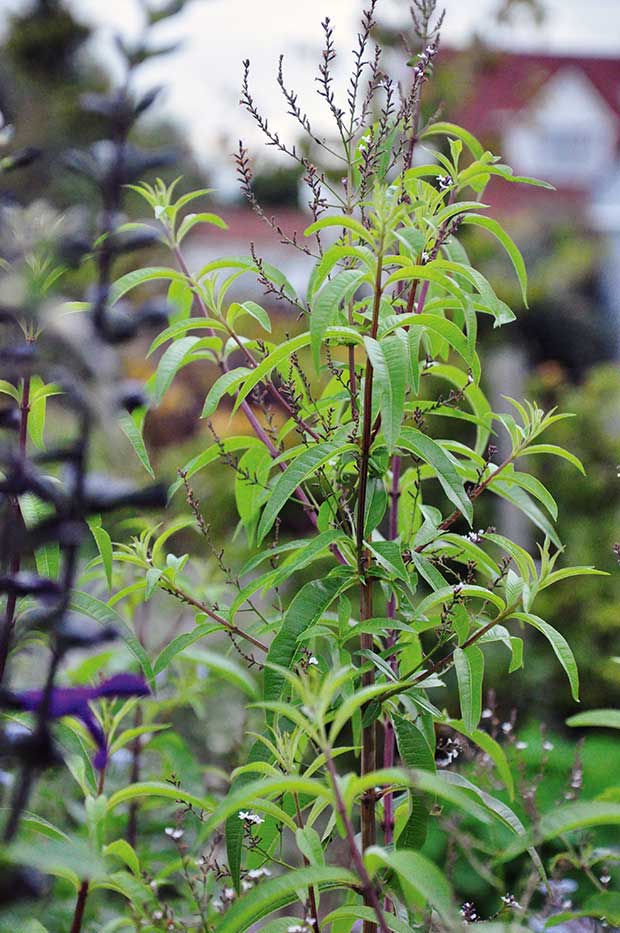
TASTY TIPS
■ Tender, young leaves are light green and borne on upper branches.
■ Older leaves are darker green, so if you’re adding them to a dish, remove the tough, central vein and chop very finely, or use whole leaves and remove before serving.
■ You can finely chop leaves and add them to jams (1 Tbsp per cup of jam) for a lemon bite and bright green flecks, especially pretty in orange marmalade.
■ Place leaves under or over fish or chicken when roasting or baking.
HOW TO DRY
■ Harvest anytime, but oils are strongest just as the plant comes into flower.
■ Hang branches in a dark, warm, airy place until leaves are crisp.
■ Pack whole leaves into airtight jars and store in the dark.
Love this story? Subscribe now!
 This article first appeared in NZ Lifestyle Block Magazine.
This article first appeared in NZ Lifestyle Block Magazine.

